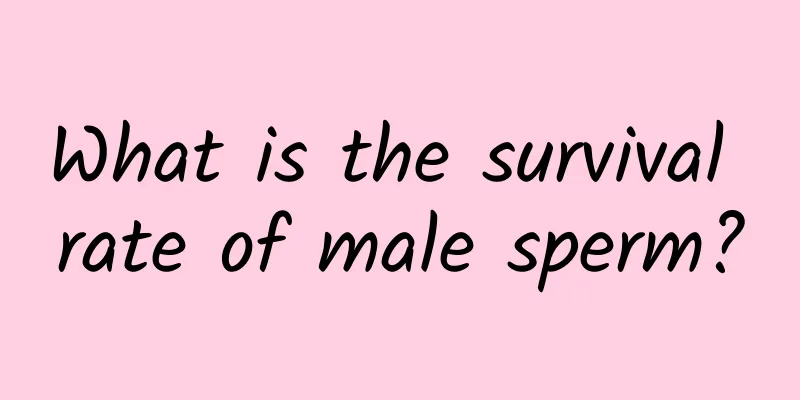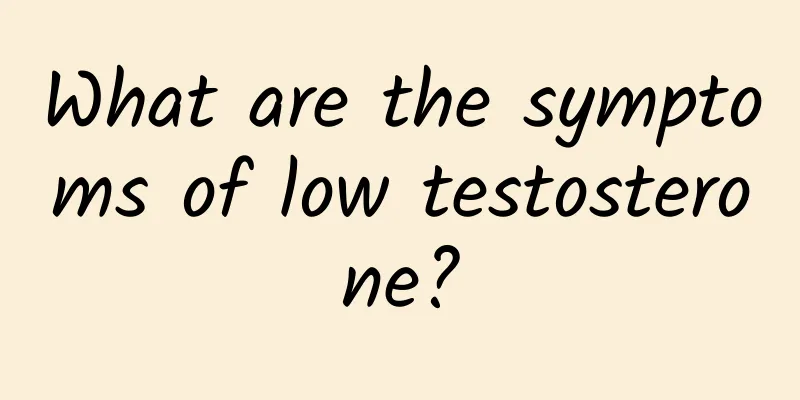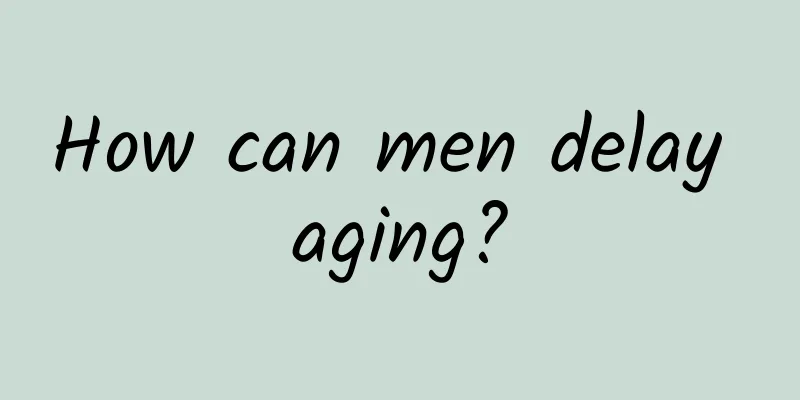How to treat prostatitis quickly?

|
For diseases like prostatitis, we generally use antibacterial treatment to alleviate the symptoms of the disease. You can also take some anti-inflammatory and analgesic drugs appropriately under the guidance of a doctor. Of course, if the disease is serious, you can go to a regular hospital for surgical treatment. 1. Antimicrobial treatment The treatment goal can be achieved by using a double-balloon catheter to block the prostatic urethra and injecting an antibiotic solution from the urethral cavity and then refluxing it into the prostatic duct. 2. Anti-inflammatory and analgesic drugs Nonsteroidal anti-inflammatory drugs can improve symptoms. Generally, indomethacin is taken orally or in suppositories. Chinese medicine also has certain effects in using anti-inflammatory, heat-clearing, detoxifying, and hardness-softening drugs. Allopurinol can reduce the concentration of uric acid in the whole body and prostatic fluid. Theoretically, as a free radical scavenger, it can also remove active oxygen components, reduce inflammation, and relieve pain. It is an optional auxiliary treatment method. 3. Physical therapy Prostate massage can empty the concentrated secretions in the prostate duct and drain the infection focus in the obstructed area of the gland. Therefore, for stubborn cases, prostate massage can be performed every 3-7 days while using antibiotics. A variety of physical factors are used for prostate physiotherapy, such as microwave, radio frequency, ultrashort wave, medium wave and hot water sitz bath, which are beneficial for relaxing the prostate, posterior urethral smooth muscle and pelvic floor muscle, enhancing antibacterial efficacy and relieving pain symptoms. 4. α-receptor antagonists Patients with prostatitis, bacterial or non-bacterial prostatitis have increased tension in the prostate, bladder neck and urethral smooth muscles. During urination, increased pressure in the posterior urethra causes urine to flow back into the prostatic duct, which is an important cause of prostatitis, prostatic stones and bacterial prostatitis. The use of α-receptor antagonists can effectively improve prostatitis and urination symptoms, which is of great significance for preventing recurrence of infection. 5. Surgical treatment Surgical treatment can be used for recurrent chronic bacterial prostatitis. Prostatectomy can achieve the goal of cure, but it should be used with caution. Since prostatitis usually affects the peripheral zone of the gland, transurethral resection of the prostate (TURP) is difficult to achieve the purpose of treatment. TURP can remove prostate stones and bacterial infection lesions near the prostate ducts, which is beneficial to reduce the reinfection of peripheral zone lesions. Chronic bacterial prostatitis can lead to recurrent urinary tract infections and infertility. |
<<: Man reveals: This is what ejaculation feels like!
>>: Prostatitis is very harmful, beware of infertility!
Recommend
What are the symptoms of penile warts?
Condyloma acuminatum has become a common disease ...
6 foods that can easily improve men's sexual ability
1. Eating foods rich in zinc can replenish sperm ...
What is male ED
ED is the abbreviation of erectile dysfunction. E...
Anemia? It turns out that these are the foods that replenish blood the most!
Anemia is a very common symptom in people's l...
How to make hot and sour pork liver, things to note when eating hot and sour pork liver
Hot and sour pork liver is a favorite food in lif...
What are the small fleshy particles on the edge of the glans?
Whether male or female, their reproductive organs...
The boy's breathing suddenly became very heavy
Male friends should also pay attention if they su...
How long does it take to recover from circumcision surgery?
If a man has a foreskin that is too long, it will...
How to treat excessive stomach acid? Four tips to relieve it
Alcoholic liver disease Even though the living sta...
What causes left waist pain in men?
For drivers, because they need to sit or stand in...
How tall can a 13-year-old man grow after ejaculating sperm?
Many parents can't help but worry about their...
What are the methods of prostate care massage?
For male friends, maintaining health is the most ...
A man wipes his butt with blood in the toilet
Many men may find that they have red blood in the...
Treatment of balanitis
I believe that many of our male friends have had ...
Side effects of taking erectile dysfunction drugs
Speaking of aphrodisiacs, they are not new to mod...









